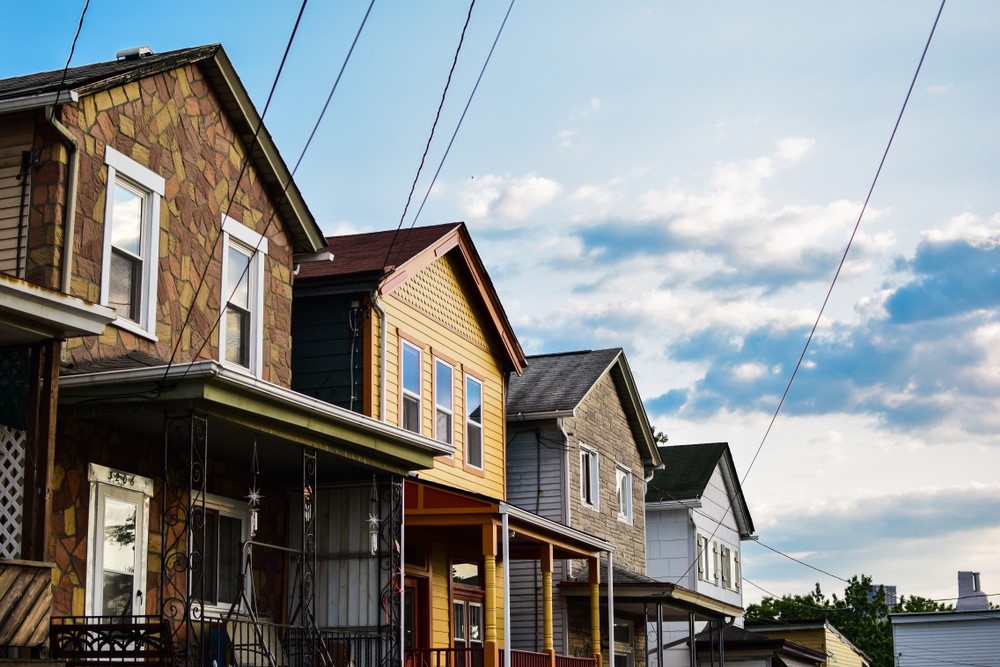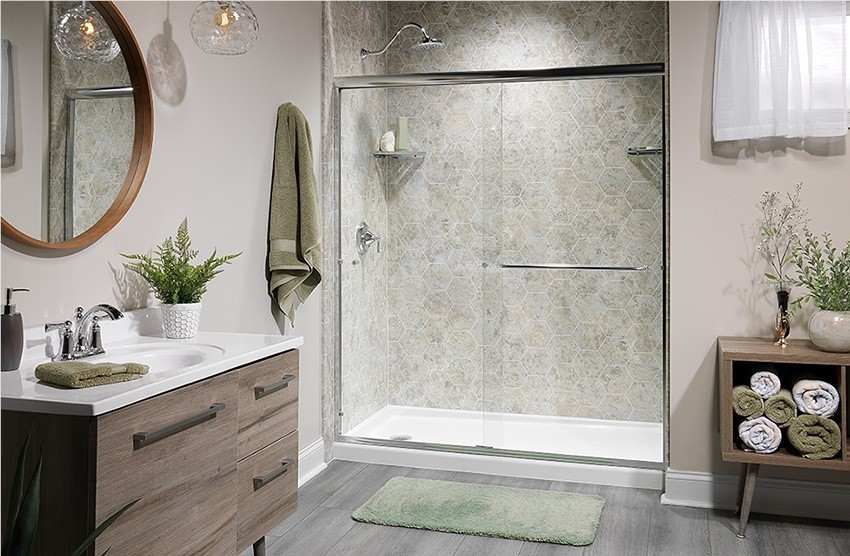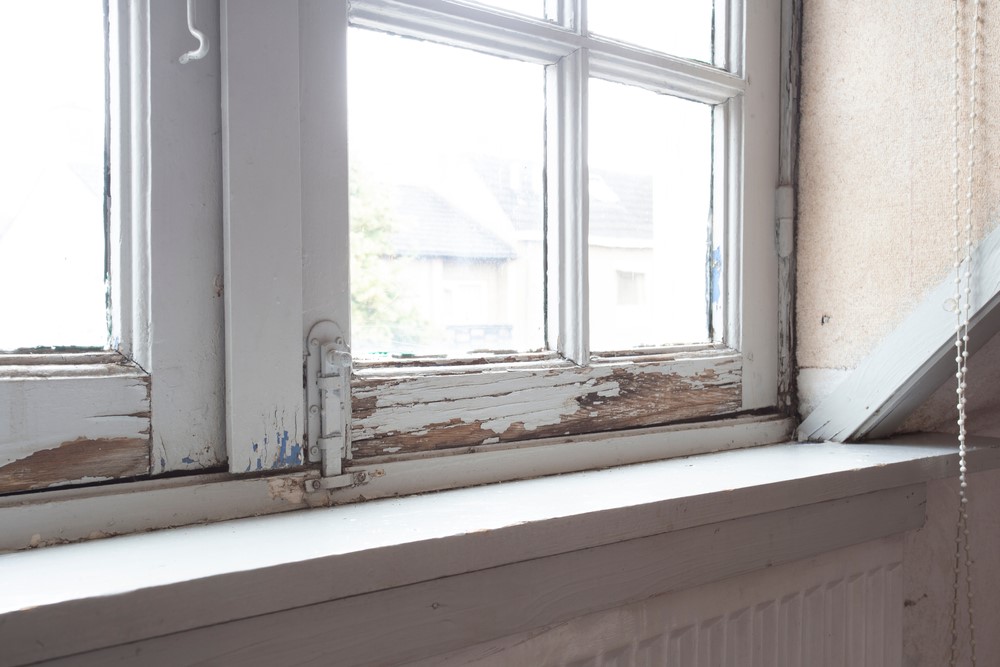In wintertime, it’s easy to tell when there are areas to work on in terms of energy efficiency. Heating prices soar in the winter for many homeowners, but those hikes aren’t always necessary to stay warm. With a few energy saving repairs and upgrades, homeowners can take advantage of long-term heat-saving solutions.
A Closer Look at the Home’s Problem AreasHeat loss occurs in a few ways. The most drastic for home heat loss are convection and conduction. Convection is the direct flow of heat from the interior of your home to the exterior. Wherever air can flow freely, including around door edges, through open chimneys, and through failed seals in windows, there is convective heat loss. Conduction occurs when a surface is cooled by coming into direct contact with cold air. This occurs through the roof, walls, floors, and especially windows. It can also occur through poorly insulated doors. Anytime there is cold air in the home while you are trying to warm it, this can also create interior drafts as pockets of differently heated air push around each other, making the home seem colder than it already is.
Inspect Seals around Doors and WindowsThe areas that open to the outdoors will always be the most vulnerable to failure. Over time weather seals may break down or wear away. Any warps in the door or window frames will also prevent a proper seal. When the temperature starts dropping, check for air leaks in these areas and have them taken care of before the chill hits. For windows, visually inspect the outside for signs that the caulking is cracking or pulling away. Homeowners can also use the smoke test. By lighting a stick of incense and slowly passing it around the edge of doors and windows, you can see how the smoke trail reacts. If there are leaks, the trail will drift towards those areas. If the windows and doors themselves are close to room temperature, it may be just a weather stripping issue that can be easily replaced (unless the frames are compromised).
Create Better InsulationConductive heat loss can be prevented with proper insulation. The key areas to make sure have adequate insulation are the attic and basement. Insulation resists heat, preventing it from moving out of the home (or into the home in summer), helping to stabilize interior temperatures. Because the attic and basement are both areas with vast contact with the exterior, installing insulation can help prevent condensation from forming as well as minimize the thermal bridge between the exterior and the interior.
Poor insulation in exterior doors and windows can also lead to major heat loss. Fiberglass replacement exterior doors have some of the highest insulation ratings, with 5 times the insulation value of wood. Insulated steel and vinyl doors also offer decent and secure alternatives. For windows, single-panes are notorious conductors, but are still used in many homes and most historic buildings. Double-pane and triple-pane windows contain a layer of inert gas between the layers of glass, creating a denser, significantly less conductive window system. In addition to preserving indoor air temperatures, the increased insulation can clear up window fogging and reduce condensation on the walls near windows. Instead of installing replacement windows, homeowners can also opt for a full-frame window replacement to maintain viewing space and the look of original windows. Either way, energy efficient window savings can have an immediate impact on both indoor livability and home maintenance costs.
By improving the seals and insulation of a home, homeowners can save themselves hundreds of dollars every winter in heating costs. For more information about how to make energy efficient upgrades to your Pittsburgh home, contact Legacy Remodeling.
Subscribe to Legacy Remodeling's Blog











Comments